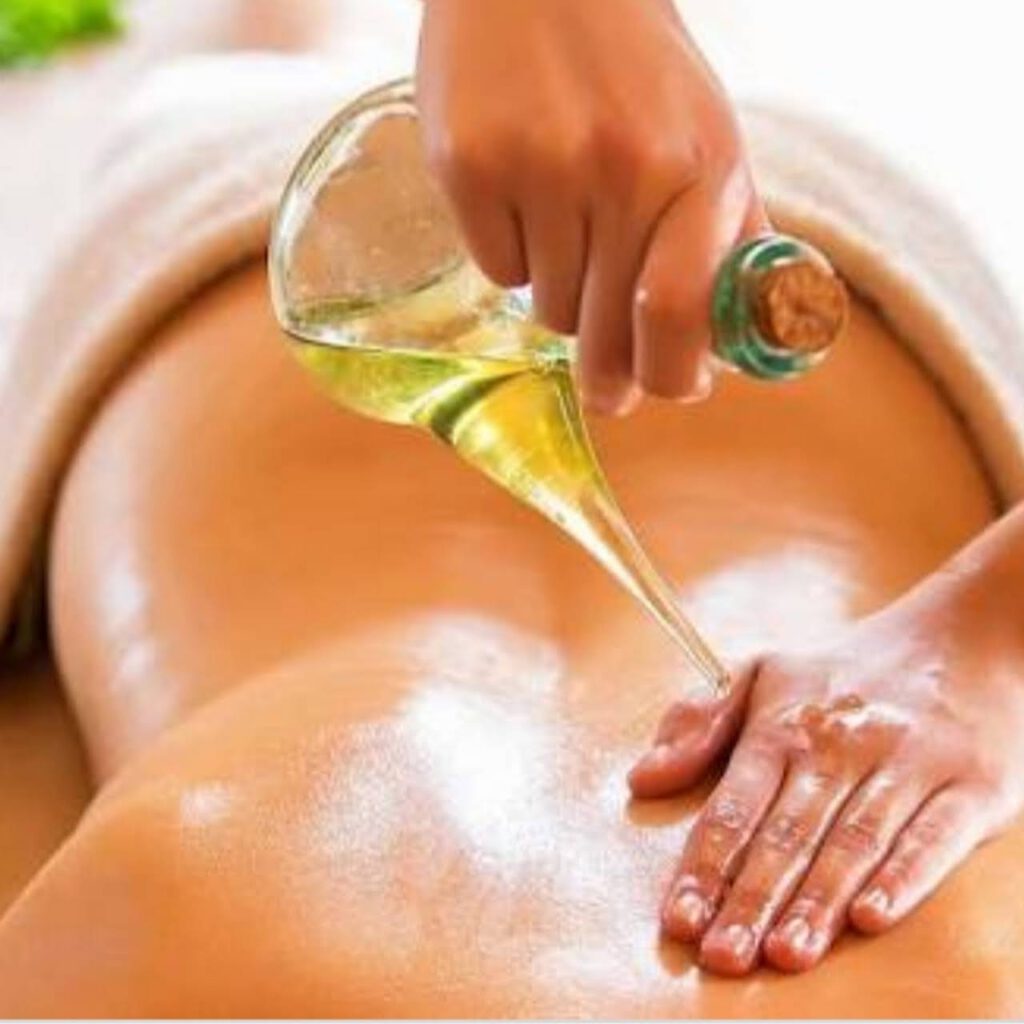When people talk about seasonal affective disorder (SAD) or depression, the focus is usually on adults who suffer from these conditions. However, an increasing number of adolescents and children are diagnosed with depression in various ways. The Anxiety and Depression Association of America estimates that between 6% and 8% of adolescents aged 12 to 17 and between 2% and 3% of children aged 6 to 12 have been diagnosed with some form of depression. Depression is also often found with a variety of other conditions seen in children, including anxiety disorders, autism spectrum disorders, and ADHD. Since we know about Light therapy safety for adults with depression, parents of children with depression may wonder: is light therapy safe for children?
What is Light Therapy
Light therapy is a preventive action for seasonal affective disorder (SAD). Most of the light therapies use a particular type of light, called a lightbox. It is much brighter than other lights or a lamp in your home. Light therapy is safe and straightforward. It has limited side effects and can be done at home. Light therapy is particularly important for people suffering from depression. Many of the benefits of light therapy reflect the benefits of prescription antidepressants. For some, light therapy allows them to reduce or eliminate the use of prescription drugs.
Reactions of Children to Light Therapy
Children generally find the experience of looking at the flashing light fun and engaging. About 85% of children receiving light therapy experience significant improvement. When a child’s abilities have been suppressed for so long, and those abilities have been restored to them for such a short period, they can open up and flourish.
Children Success with Light Therapy
A nine-year-old girl with hyperactivity, poor concentration, and reading difficulties received one month of light therapy. Later, his behavior improved, and he began to pass all of his school subjects. A sixteen-year-old girl suffered from headaches and allergies. After 40 light therapy sessions, her physical symptoms improved, as did her reading and learning skills. A seven-year-old boy, who suffered a series of minor head injuries and was separated from his parents, had low self-esteem, learning disabilities, and a serious withdrawal from life. His emotional distress would make him vomit. After 14 sessions of colored light therapy, he completely changed his personality. He started verbalizing emotional issues and felt comfortable making eye contact for the first time in his life!
Her self-esteem skyrocketed, and her learning ability improved. He now normally interacts with other children and makes friends. A six-year-old child has emerged from his state of withdrawal and non-communication and it is now the first time in his life that he has spoken to me as a normal and normal human being. He also went from the slow reading group to the speed reading group and from the failure of math to get the best marks. Her mother says that now she falls asleep without being told several times and that she sleeps much better. All of these positive changes are the result of experience with light therapy.
Is Light Therapy Safe for Children?
Yes, light therapy is safe for children and teens. It is a non-invasive natural therapy that can be incredibly helpful in regulating mood and sleep, especially in children living in colder climates who don’t get much sun during the winter months. Some common side effects of light therapy, including dry eyes and headaches, can be improved by moving away from the light therapy lamp, sitting a little further from the light source, or dividing the therapy into two shorter sessions. Light therapy is most fruitful in the morning, within an hour of waking up. Although it can be difficult to integrate this practice during busy mornings before school, your child can sit under a bright light fixture while having breakfast or completing homework. If it is not possible to devote a full 30 minutes to light therapy in the morning, it may be helpful to do a short session in the morning and a short session after school.
Maintaining regular light therapy can help your child:
- Improve sleep
- Maintain better behavior and performance in school.
- Reduces drug dependence
- Increase interest in favorite activities.
Final Thought
Light therapy is a generally safe and well-tolerated treatment option for seasonal depression for all ages. It can also alleviate non-seasonal depression. Light therapy is also compatible with breastfeeding and can be used during pregnancy. Although therapeutic lightboxes can be expensive at first, a single purchase will last for years. For patients who fear winter, this investment is generally worth it. However, Consult your child’s doctor before starting light therapy. Additional care is required when using light therapy for children. The child should be closely monitored during light therapy by an experienced professional, to ensure that each color stimulus administered is appropriate.



